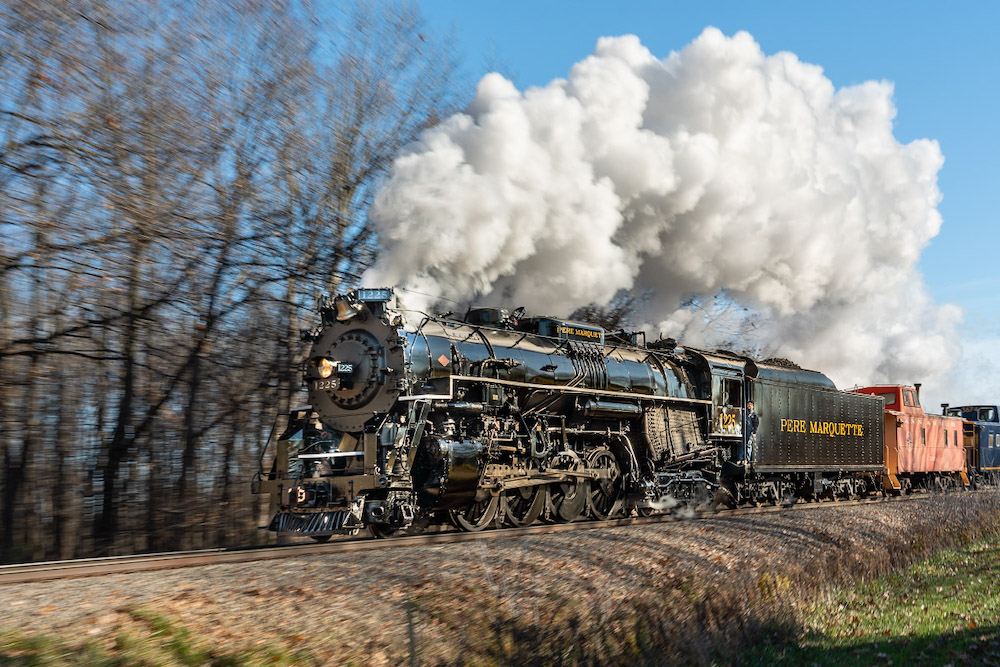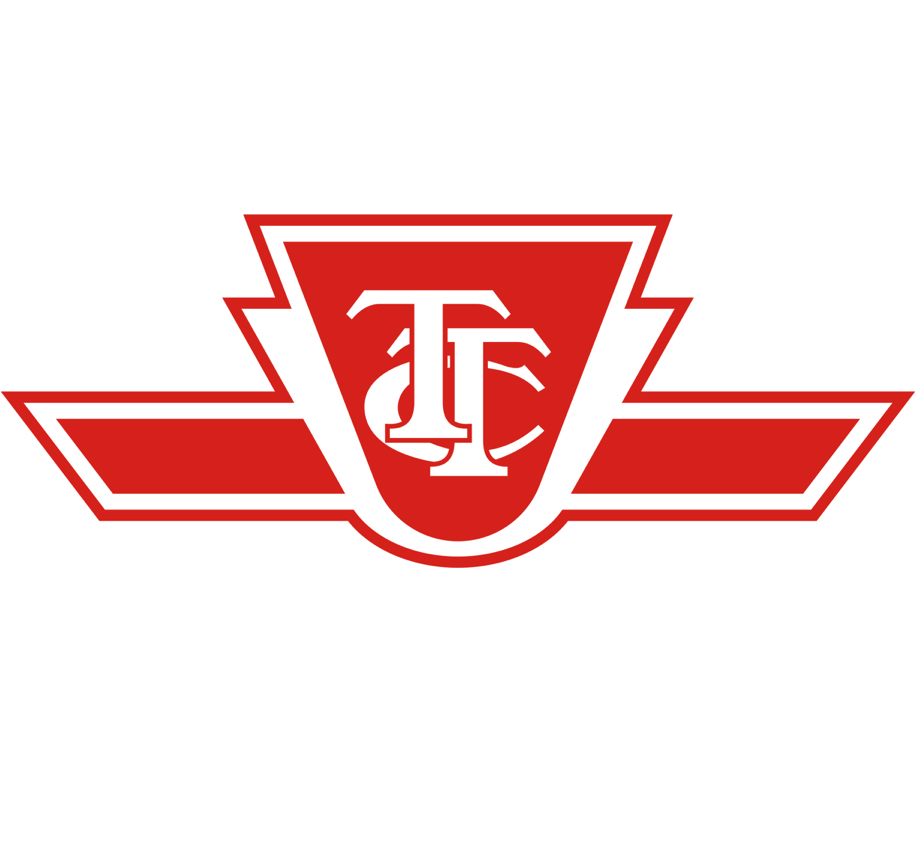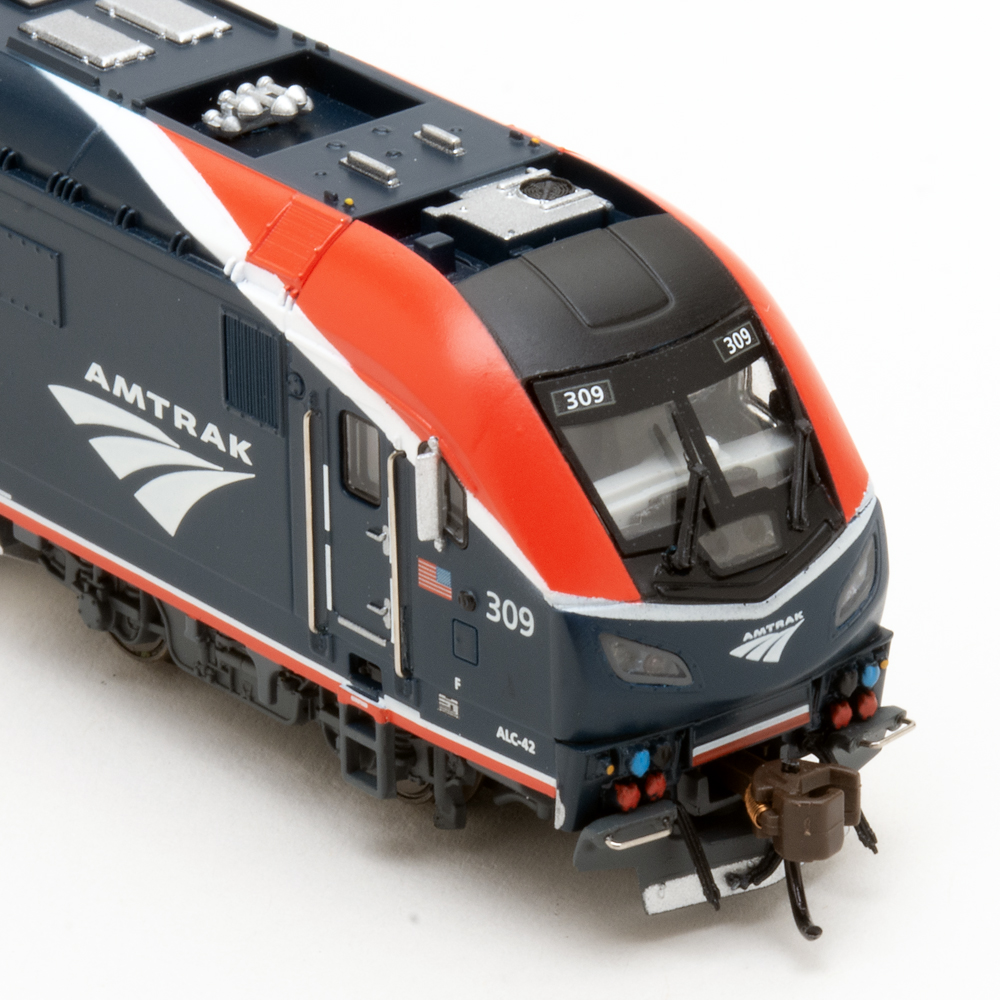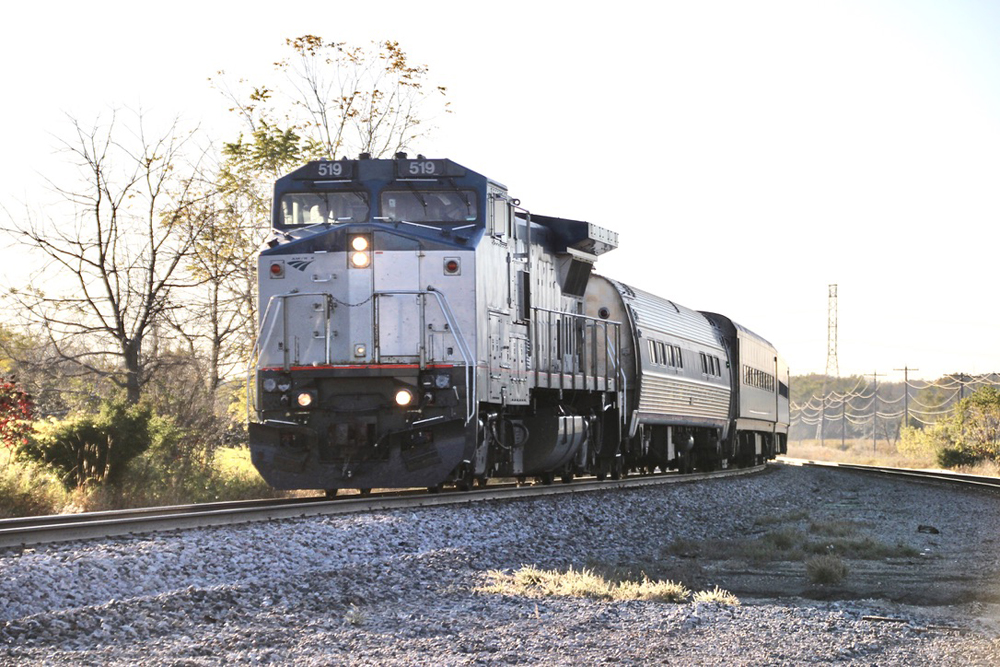SAN JOSE, Calif. — The Santa Clara Valley Transportation Authority has approved a 2.4-mile extension of its light rail system, connecting the Eastridge Transit Center in east San Jose to the existing light rail station at Alum Rock, the San Jose Mercury News reports.
Construction will begin in 2020, with service expected to start in about five years. While final design is still to be completed and some property must be acquired, the project, to be built on an elevated right-of-way, is expected to cost about $450 million.
The approval of the final environmental document for the extension comes as the agency prepares to shut down another section of the light rail system, the 2-mile Almaden branch, because of low ridership. [See “San Jose to close light rail branch,” Trains News Wire, April 11, 2019.]















For those wondering about this extension, the Eastridge Transit Center is located in one of the few big shopping Malls left in Santa Clara County, and the one closest to the East Side besides the Great Mall in Milpitas(which is also served by the Alum Rock line). This is actually not an extension so to speak but the final piece of the line as originally proposed, with the knowledge that it would only be completed to Alum Rock first and extended later.
Also, this is going to be an elevated line above and Expressway, that is hemmed in by housing and has no room for expansion…so if you want to increase the mobility of workers you need to add transit, and this just brings the Alum Rock line to it’s final destination. Part of that $450 Million is going to cover some land acquisition, and if anyone knows anything about California it’s that land is expensive here…plus the elevated line has to be built at current Earthquake standards, which means it needs to be able to withstand at least an 8.0(I think, it might actually be a higher number), and that also adds cost to the design and construction. I also presume that money includes additional light rail vehicles from Semiens(I would think).
$450 million for 2.4 miles? Look folks, I’m as pro-rail as anyone of us on this site, but holy smoke, what a waste of money! I’m sure there’s better things they could spend that money on.
No wonder people are bailing out of California.
It seems that comments on the article some days back on the Brooklyn – Queens light rail proposal got lost in the malfunction of the comment software. Light rail is EXPENSIVE. Utility relocation, accessible station platforms, road and intersection redesign, and the total rebuilding of traffic signals and street lighting, all come at a cost. And for what? A train that doesn’t move significantly faster than existing autos and buses.
It’s in the nature of street-running light rail that it subtracts from auto/ bus capacity which on most American roads is already constricted. Do the trains make up for the lesser capacity for rubber-wheeled traffic? Let’s see the numbers.
Did anyone notice the price tag for San Francisco’s Central Subway?
Here in New York City it cost a few billion to build the Second Avenue Stubway as some New Yorkers call it and other projects like the Number 7 Flushing Line extension to Huson Yards on the West Side and the link from the 63rd Street Tunnel from Long Island City to the Queens Blvd Subway at 36th Street and the Archer Avenue Subway also. These were only extensions and hey cost billions to build and years to complete. It seems like that today. projects are shorter in length. don’t fulfill the goals that were expected to reach and costs millions and billions to complete and many years to finish. Let’s not forget that in today’s world. materials and parts and equipment cost plenty and also throw in environmental impact studies, community response and outreach, competitive bidding, plus wages and labor and you will see why that today even the smallest construction or expansion project costs so much to build. Yes 450 million seems like a lot and only for a 2 mile extension but how much more would it cost to build a highway or road extension not to mention all the buses needed to accommodate riders and purchase. The extension will pay for itself over the long haul and time